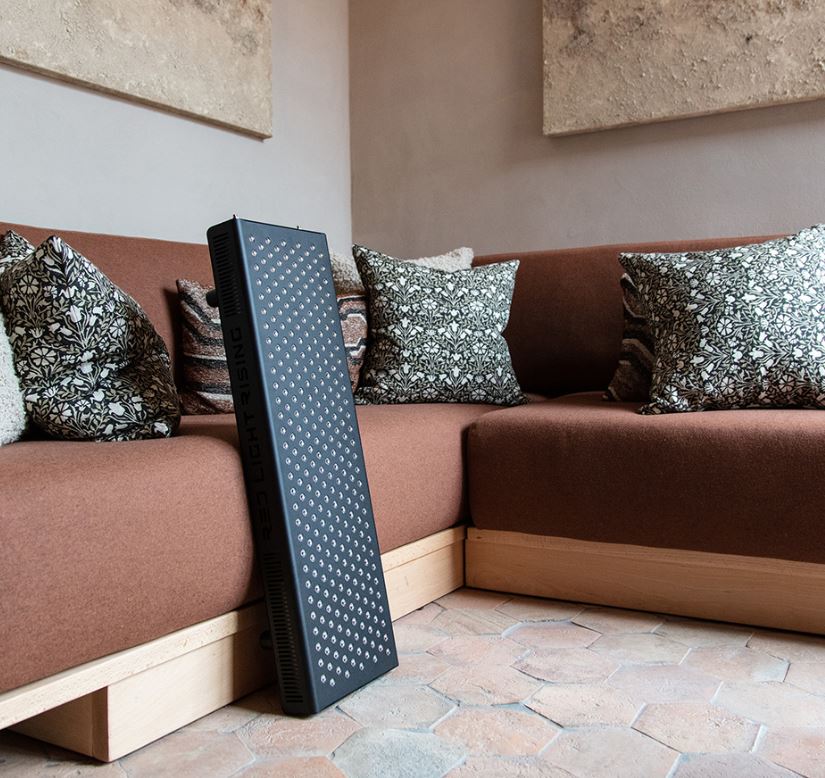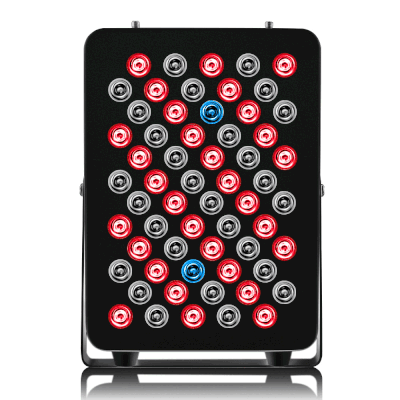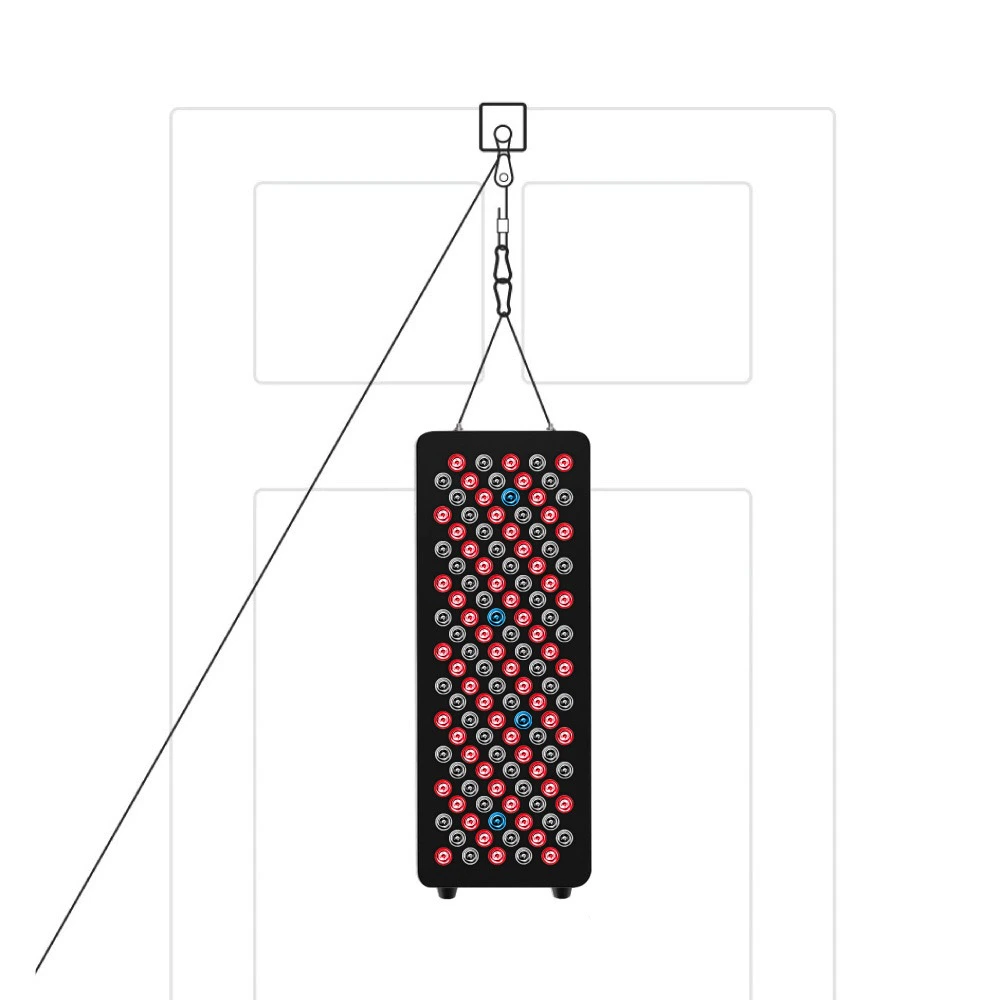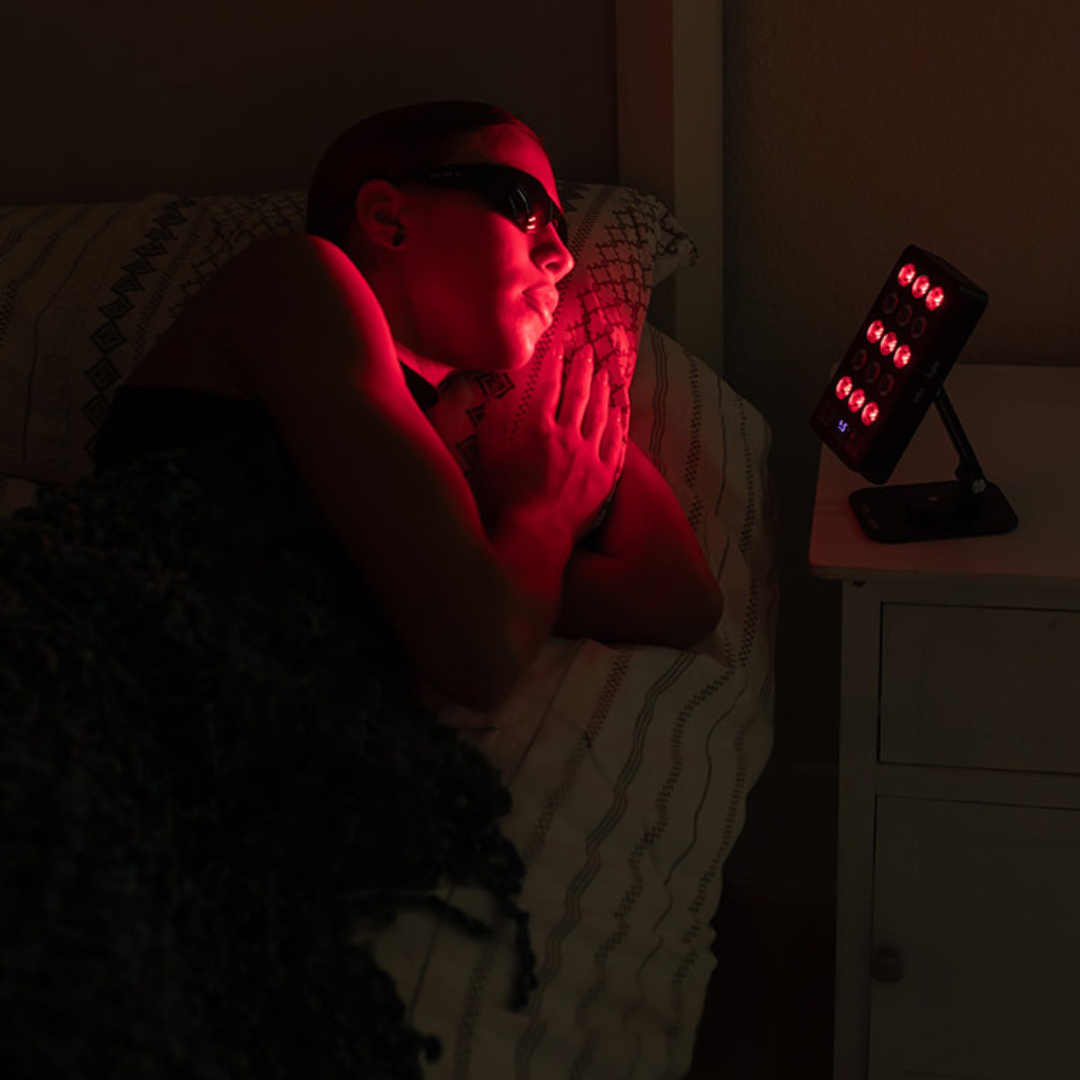![]() Free Shipping
Free Shipping ![]() Buy Now, Pay Later
Buy Now, Pay Later ![]() Eligible
Eligible
Red Light Therapy for Lupus | How Effective Is It? An Evidence-Based Review

Systemic Lupus Erythematosus (SLE), commonly known as lupus, is a complex autoimmune disease where the body’s immune system attacks its own tissues. Managing its symptoms—like joint pain, fatigue, skin rashes, and inflammation—is an ongoing challenge. While conventional treatments are the cornerstone of care, many patients seek complementary therapies to improve their quality of life. One such modality gaining significant attention is Red Light Therapy (RLT).
But is it effective? This comprehensive review dives into the science, potential benefits, and practical considerations of using red light therapy for lupus.
What is Red Light Therapy?
Red Light Therapy, also known as Low-Level Laser Therapy (LLLT) or photobiomodulation, is a non-invasive treatment that exposes the skin to low wavelengths of red and near-infrared light. Unlike UV light from the sun, which can damage skin and trigger lupus flares, red light is safe and does not generate heat.
The core principle is photobiomodulation: the light photons are absorbed by the mitochondria in our cells, potentially boosting energy production (ATP) and initiating a cascade of healing and anti-inflammatory processes.
The Science Behind the Light: How Could RLT Help Lupus?
The potential benefits of RLT for lupus are primarily linked to its documented biological effects on cellular function. Here’s how it may help address common lupus symptoms:
- Reducing Inflammation: RLT has been shown to decrease levels of pro-inflammatory cytokines (like TNF-α and IL-6), which are often elevated in autoimmune conditions like lupus.
- Promoting Tissue Repair: By stimulating cellular energy and circulation, RLT may accelerate the healing of skin lesions and mouth sores common in lupus.
- Alleviating Pain and Joint Stiffness: The anti-inflammatory effect, combined with improved blood flow, can help reduce pain and swelling in arthritic joints.
- Modulating the Immune System: Some research suggests RLT can help balance the immune response, which is the core dysfunction in autoimmune diseases.
Expert Insight: “While we need more large-scale clinical trials specifically for SLE, the foundational science of photobiomodulation is solid. It works by reducing oxidative stress and inflammation at a cellular level, which are key drivers of lupus pathology. It represents a promising, low-risk adjunctive therapy,” explains a hypothetical Dr. Jane Smith, a Rheumatology Researcher.
Reviewing the Evidence: What Does the Research Say?
The direct research on RLT for Systemic Lupus Erythematosus is still in its early stages but is growing. Most evidence is extrapolated from studies on its effects on inflammation, wound healing, and other autoimmune conditions.
- Skin Manifestations: A pivotal area of benefit. Lupus-specific skin rashes (like discoid lupus) may respond well to RLT due to its wound-healing and anti-inflammatory properties. Studies on other dermatological conditions support this potential.
- Joint Pain: Numerous studies have confirmed RLT’s efficacy in reducing pain and morning stiffness in rheumatoid arthritis, a condition with similar inflammatory joint symptoms.
- Fatigue: By potentially improving mitochondrial function, RLT may help combat the pervasive fatigue associated with lupus, though this is more anecdotal.
Table: Potential Benefits of RLT for Common Lupus Symptoms
| Lupus Symptom | Potential RLT Benefit | Level of Evidence |
|---|---|---|
| Skin Rashes & Lesions | Accelerated healing, reduced inflammation | Moderate (Based on dermatological & wound-healing studies) |
| Joint Pain & Arthritis | Decreased pain, swelling, and stiffness | Strong (Based on extensive research for arthritis pain) |
| Muscle Aches | Reduced inflammation and improved recovery | Moderate |
| Fatigue | Improved cellular energy (ATP) production | Preliminary / Anecdotal |
| Oral Ulcers | Promoted healing of mucous membranes | Moderate (Based on studies for oral mucositis) |
A Patient’s Perspective: Weighing the Pros and Cons
Patient Quote: “After my lupus diagnosis, the butterfly rash on my face was a constant source of distress. My rheumatologist approved trying a home red light panel. Within a few weeks, the redness and texture of my rash had improved noticeably. It hasn’t cured my lupus, but it’s one of the few things that gives me a sense of control over my symptoms.” – Sarah K., Lupus Advocate
Pros:
- Non-invasive and drug-free: A key advantage for those looking to reduce pharmaceutical load.
- Excellent Safety Profile: When used correctly, it has minimal side effects.
- Can Be Used at Home: With the availability of high-quality home devices.
- Targets Multiple Symptoms: Addresses skin, joint, and pain issues simultaneously.
Cons:
- Not a Cure: It is a complementary therapy, not a replacement for prescribed medications.
- Cost: High-quality devices can be a significant investment.
- Time-Consuming: Requires consistent, regular sessions to see potential benefits.
- Limited Direct Research: More SLE-specific clinical trials are needed.
How to Use Red Light Therapy for Lupus Safely
If you are considering RLT for lupus, follow these crucial steps:
- Consult Your Doctor First: This is non-negotiable. Discuss RLT with your rheumatologist to ensure it is safe for your specific condition and will not interfere with your treatments (e.g., photosensitizing drugs).
- Choose the Right Device: Look for medical-grade or high-quality consumer devices that emit red (630-660 nm) and/or near-infrared (810-850 nm) light.
- Follow a Consistent Protocol: Typical protocols involve sessions of 10-20 minutes, 3-5 times per week on the affected areas (e.g., joints, skin rash).
- Protect Your Eyes: Always use the provided safety goggles.
- Manage Expectations: Benefits are cumulative and may take several weeks to become apparent.
VELLGUS Elite V2
THE #1 RATED RED LIGHT DEVICE
VELLGUS pro V2
THE #1 RATED FULL BODY RED LIGHT DEVICE
The Final Verdict: Is Red Light Therapy Effective for Lupus?
Based on the current scientific understanding and patient reports, Red Light Therapy shows significant promise as a safe and effective complementary therapy for managing specific lupus symptoms, particularly skin rashes and joint pain.
It is not a standalone treatment or a cure for lupus. However, by harnessing the body’s innate healing processes at a cellular level, it offers a low-risk option to potentially improve quality of life, reduce inflammation, and manage pain alongside conventional medical care.
As research continues to evolve, RLT may well become a more standard recommendation in the integrative management of complex autoimmune diseases like lupus.
Disclaimer: This article is for informational purposes only and does not constitute medical advice. Always consult with a qualified healthcare professional, like your rheumatologist, before starting any new treatment or therapy.








